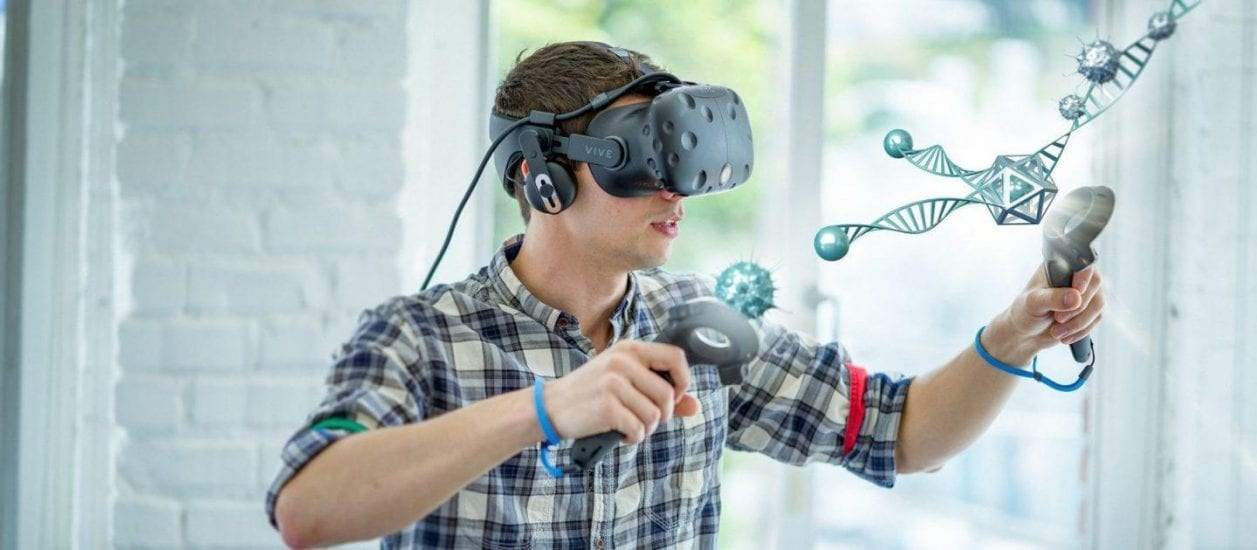Question 1
For the multimedia system Lynda, give an outline of what it is, its purpose and how it can be defined as a multimedia system. (3 Marks)
Lynda is an online education tool that offers video courses taught by industry experts in areas such as software, creative and business skills. Their mission statement and purpose is ‘to help [users] learn the skills [they] need to achieve [their] full potential.’ Lynda has helped students, leaders and experts develop their software, creative, and business skills for over 20 years. Lynda was recently acquired by LinkedIn allowing to help over 10,000 organizations. As multimedia systems such as Lynda allow the prestation of information in a variety of interactive forms, it is very effective as an educational tool across all age groups and demographics. An added bonus of Lynda being a multimedia system is that content on the service can be continually updated and revised perfectly complementing the rapidly growing technology space.
A multimedia system is typically defined as an information system that combines a variety of different media types such as text, numbers, hyperlinks, audio, images and video and displays then to the user efficiently and effectively. Lynda can be defined as such a system as it delivers content to users through various different types of media formats. Primarily Lynda delivers its content through video but also has extensive written instructions and various images across the website.
Below is an image of the Lynda course screen showcasing the systems delivery of various multimedia formats:

Question 2
For the multimedia system Lynda, list 2 people (their roles) that would be involved in:
a. the creation of the system
b. its continuing operation (2 Marks)
For the multimedia system Lynda, a software developer would be involved in the creation of the system and a content provider would be in charge of continuing its operation.

Question 3
For each of the people in question 2, explain what their role is and also explain 1 major ethical consideration they may have in their role. (4 marks)
A software developer’s role is to research, design, implement and manage software programs. They are vital to the systems creation as they are responsible for the code base that powers the multimedia system. Software developers work in groups reporting to a project manager who instructs and leads the team, helping them work together when creating large intricate systems. A key ethical consideration a software developer must have in their role is ensuring the product they help create does not discriminate against minorities and is able to be used by people who are disabled. To achieve a program that can be effectively used by all groups of people software developers may add extra features such as closed captions on videos or means evaluated pricing.
Content providers are essential in the continuation of the system as without content to deliver a multimedia system would have no function. Content providers can refer to an individual creating content for the system or an external company that commissions content to be made, for example a Netflix. A major ethical consideration a content provider must consider is if the content they provide is valid and correct. They also have an inherent responsibility to keep the content they provide up to date and relevant to the current cultural and technological landscape.

Question 4
Describe an advancement in multimedia systems which you believe will become more common in the near future. (2 marks)
Question 5
From question 4, analyse your chosen advancement and its potential ethical considerations this technology will bring. Analyse the ethical impacts on society and the industry/people who develop multimedia systems. (5 marks)
The collection of user data in order to train Artificial Intelligence models has inherent ethical issues. When user data is used in any respect, external of the system, privacy and security considerations are essential in order to combat potential ethical issues. Users of the system may not want data about their viewing habits monitored constantly or may want to see a comprehensive overview of how their data is being used. Systems that adopt a model involving AI centred features must be transparent with their users about what data is being collected and how it is being used. In addition to being transparent, systems must also provide an option allowing users to toggle on and off AI features, thus providing users with full control over their data and how it is collected. With the proper risk management, protocols in place as well as the two safety features I have described, users should feel safe when interacting with AI centred systems. This in turn combating the ethical issues they propose.
The use of AI systems also has a large impact to society and industry/people who develop multimedia systems. A subsequent effect of having AI centred features in a platform is the loss of jobs. AI can quickly make jobs in developing systems redundant as positions such as content curators and content moderators can be replaced with AI models who are able to perform the same tasks typically with higher accuracy and success. The loss of jobs in any sector has a devasting impact socially and economically for families and the wider community. Although AI may replace jobs it also creates jobs, however, in a different sector. The creation and upkeep of AI systems is a very difficult task that requires many developers working in teams, thus creating more jobs. The social impacts of AI are both good and bad as it replaces lower level jobs and creates more higher paying positions, this does however raise ethical concern.

Question 6
From question 4, explain how hardware will need to change to support/enable this new development. Give technical detail.
Creating and training AI system requires hardware with a great deal of processing power. Although the current technology can handle the creation of AI systems, the hardware typically used to run multimedia systems would not have enough processing power compared to what is needed to train a neural net. Additionally, as more people use multimedia services and more data is needed to be sent and received by the multimedia server due to its increased need to run an AI based platform, a growing need is presented for faster and increased bandwidth. Faster internet services are becoming increasingly more prevalent in modern day society, however, there is still not wide spread adoption of these new methods of delivering high speed internet. Such technologies include 5G and fibre optic internet. Overall, AI systems are currently feasible and are already used in today’s current technological landscape. Yet increased hardware processing power and increased internet speed and bandwidth would greatly improve the standard of these AI powered multimedia systems.
Question 7
Facebook are developing a virtual reality headset called Oculus Rift. Describe what Oculus Rift is and outline its purpose.
Question 8 (scroll down to reveal the whole answer) - Last Question
Explain how Oculus Rift could be used in the future in the below fields and discuss the potential benefits and issues in each area:
Education; (4 marks)
Oculus Rift provides tremendous benefits for the education sector. Oculus Rift powered virtual worlds enable students to explore virtual simulations helping students visualise history, science, and culture in ways that were never thought possible. An example of the Oculus Rift being used in education is its introduction into the Seattle Public School system. Educators in Seattle are currently putting together a course on education VR creation, allowing both teachers and students to learn and develop VR tolls for the classroom. Oculus is also working with the cities Technology Access Fund (TAF) to help train educators on how to use the Oculus Systems, as well as provide them with the headsets. To boost the educational benefits of the Rift, Oculus is developing top-tier educational VR apps. These apps will help facilitate the learning of new content in classrooms as well as set the standard on what VR educating tools could look like and function. In the recent COVID-19 pandemic schools were forced to shut down and use Zoom as their primary communication tool. In the future, in the event of a school shut down Oculus Rift could be used to virtually meet with other students and teachers. Enhancing the experiment and circumventing issues surrounding the lack of immersion students faced while using Zoom. Issues that could arise from using the Oculus in the education sector is distraction and price. The Oculus Rift is not cheap and providing headsets to every student would be a large investment for a school, money which many schools don’t have. This creates a major hurdle in achieving a widespread adoption of the Oculus Rift in the education sector. As well as price another prominent issue is that of distraction. Students who use the Oculus can easily get distracted and teachers have little to no idea what a student is doing inside of the headset. Also, many students make feel sick or disorientated when using the headset as motion sickness is a prevalent side effect of using VR headsets.

Medicine; and (4 marks)
Oculus rift could greatly benefit the medical industry. Virtual reality has the potential to provide doctors with simulated training experiences greatly improving their skills before they perform operations on real patients. Virtual reality also provides a unique level of immersion, instead of doctors looking at screens when performing key-hole surgery a VR device like the Oculus Rift could allow doctors to ‘teleport’ inside of the patient providing them with an unprecedent level of vison. Doctors could also provide virtual consultation with patients in virtual practice rooms. This would allow doctors to see more patients as well as patients who are too sick to come visit a doctor due to them being bed ridden or too contagious. These examples highlight the potential benefits the Oculus Rift could provide the medical industry.

Politics. (4 marks)
Politics and VR could allow politicians meet with other politicians from around the world seamlessly and authentically, providing great benefits. With the Oculus Rift politicians could hold campaign rallies and promote themselves abroad via virtual conferences. Important meeting with other world leaders could be done safely in a virtual environment negating the need for large security personal while still allowing the countries to reap the same benefits. An issue that arises from this, however, is hacking. Hackers could use tools to brute force themselves into these virtual environments or instead shut them down. This could have drastic impacts on the politician’s career and potentially the safety and wellbeing of the country. Through the Oculus Rift world leaders and politicians could use virtual meeting spaces to meet with other politicians and hold campaign rallies.
